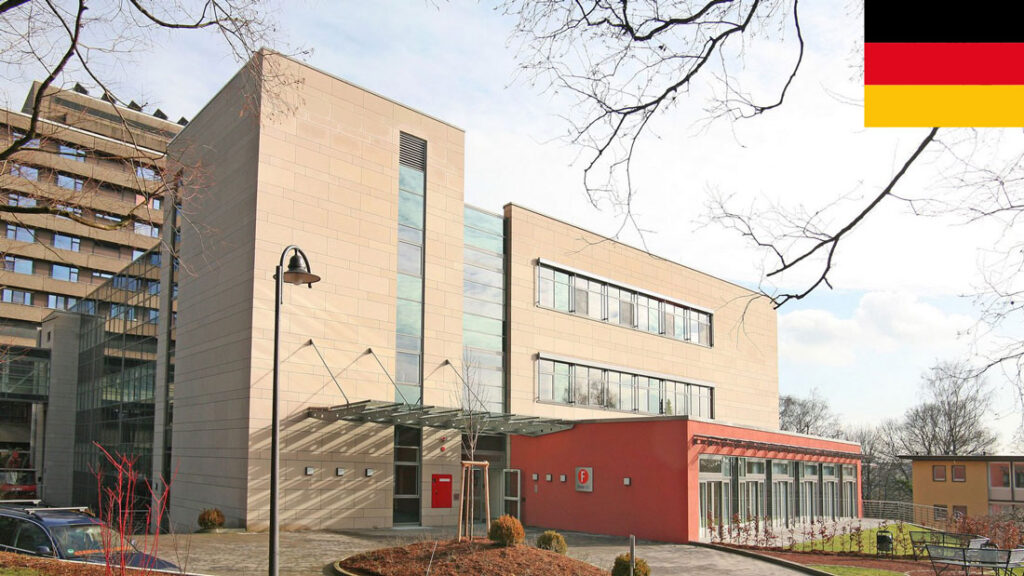Preventable Glaucoma Vision Loss Hindered by Treatment Costs
Glaucoma is a leading cause of irreversible blindness worldwide, affecting millions of people. Yet, what makes this condition even more tragic is that much of the vision loss it causes is preventable with timely diagnosis and treatment. Unfortunately, the high cost of glaucoma care creates significant barriers for patients, leaving many at risk of avoidable vision impairment. This article explores the challenges posed by treatment costs and what can be done to address them.
Understanding Glaucoma and Its Impact
Glaucoma is a group of eye conditions that damage the optic nerve, often due to increased intraocular pressure (IOP). If left untreated, it can lead to progressive vision loss and, ultimately, blindness. The most common form, primary open-angle glaucoma, develops slowly and without early symptoms, making regular eye exams crucial for early detection.
Key facts about glaucoma:
- Silent thief of sight: Many people don’t realize they have glaucoma until significant vision loss occurs.
- No cure, but manageable: While glaucoma cannot be reversed, treatments can slow or halt its progression.
- Global burden: Over 80 million people worldwide are affected, with numbers expected to rise due to aging populations.
The High Cost of Glaucoma Treatment
Despite the availability of effective treatments, many patients struggle to afford the necessary care. The financial burden of glaucoma management includes:
1. Diagnostic Tests and Regular Monitoring
Early detection requires specialized tests such as:
- Optical coherence tomography (OCT)
- Visual field testing
- Tonometry (eye pressure measurement)
These tests can be expensive, especially for uninsured or underinsured individuals.
2. Medications
Prescription eye drops are often the first line of treatment, but costs add up over time:
- Brand-name medications can cost hundreds of dollars per month.
- Even generic alternatives may be unaffordable for low-income patients.
3. Surgical Interventions
When medications fail to control glaucoma, surgical options like trabeculectomy or laser therapy may be necessary. These procedures can be prohibitively expensive, particularly in regions with limited healthcare access.
Why Cost Barriers Lead to Preventable Vision Loss
When patients cannot afford treatment, they often delay or skip necessary care, leading to worsening conditions. Some consequences include:
- Disease progression: Without consistent treatment, glaucoma advances, causing irreversible vision damage.
- Increased healthcare costs: Late-stage glaucoma requires more intensive (and expensive) interventions.
- Reduced quality of life: Vision loss affects independence, employment, and mental health.
Solutions to Improve Glaucoma Care Accessibility
Addressing the cost barriers in glaucoma treatment requires a multi-faceted approach:
1. Expanding Insurance Coverage
Governments and insurers should prioritize coverage for:
- Routine eye exams for at-risk populations (e.g., seniors, diabetics).
- Affordable prescription plans for glaucoma medications.
2. Promoting Generic Medications
Encouraging the use of cost-effective generic eye drops can reduce financial strain without compromising treatment efficacy.
3. Community Screening Programs
Free or low-cost glaucoma screenings can help detect the disease early, especially in underserved communities.
4. Patient Assistance Programs
Pharmaceutical companies and nonprofits often offer financial aid programs to help cover medication and surgery costs.
The Role of Awareness and Advocacy
Public education is critical in reducing preventable glaucoma blindness. Key actions include:
- Educating at-risk groups: Many people are unaware of glaucoma risks until it’s too late.
- Encouraging regular eye exams: Early detection saves vision.
- Advocating for policy changes: Pushing for better insurance coverage and funding for glaucoma research.
Conclusion
Glaucoma-related vision loss is often preventable, but high treatment costs create unnecessary obstacles for patients. By improving affordability, expanding access to care, and raising awareness, we can reduce the burden of this sight-stealing disease. No one should lose their vision simply because they cannot afford treatment—addressing these financial barriers must be a global health priority.



